Oceania
Oceania is one of the world’s major biogeographical realms, with 11 island bioregions stretching across the Pacific Ocean, including Polynesia, Micronesia, and Hawaii. Comprising over 4,500 islands altogether, the land area of these bioregions is quite small. Still, their exclusive economic zones (EEZs) extend 200 nautical miles out from the coastline of each island, covering an enormous area. These islands contain an extremely wide range of ecosystems—from tropical rainforests and dry forests to mangroves and coastal wetlands—harboring more than 6,500 plant spaces, half of which are endemic or specially adapted to these islands. On land, there are more than 340 vertebrate species, two-thirds of which are endemic. In terms of marine biodiversity, the Pacific Ocean is unparalleled, with more species than any other ocean basin. Seventy percent of the global fish catch comes from the Pacific, and overfishing has threatened many of the rare ecosystems of this realm. Fortunately, new research shows that by increasing marine protected areas in the region, biodiversity can be preserved while actually increasing harvests in adjacent fishery areas.
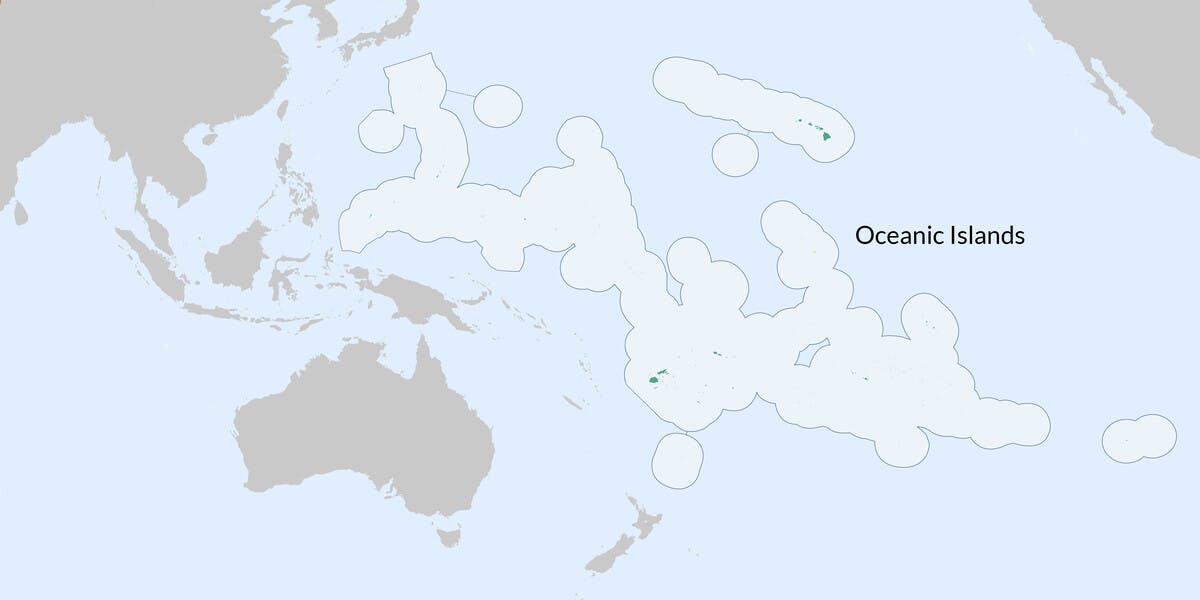
-
-
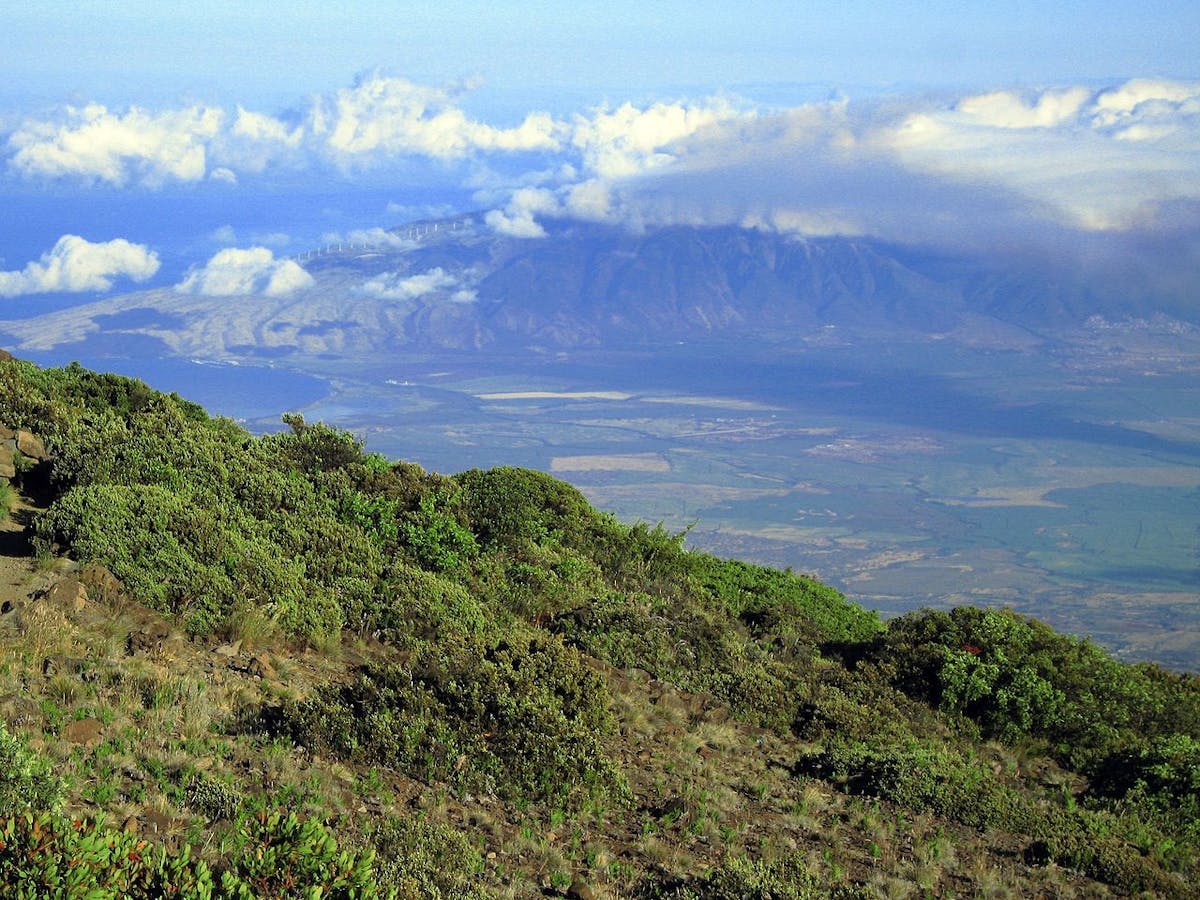
Hawai’i Tropical Islands (OC11)
Total Land Area (1000 ha): 1,680 Number of Ecoregions: 5 Protection Target: 60 Protection Level: 3The Hawai’i Tropical Islands bioregion is located in the Oceania realm and contains five ecoregions totaling over 1.5 million hectares of land area.
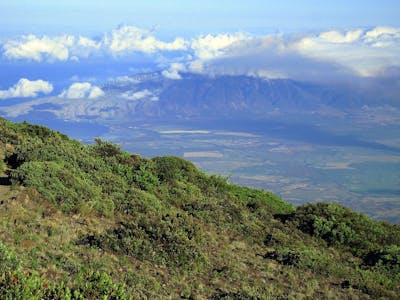
-
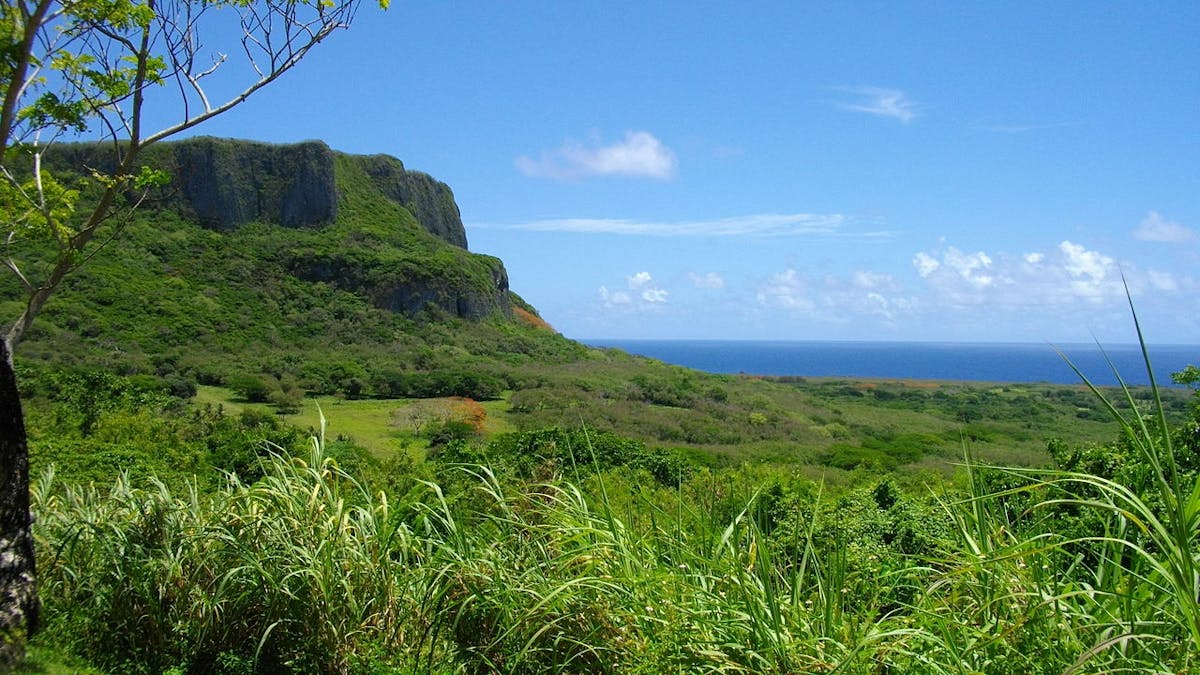
Guam & Marianas Dry Tropical Islands (OC9)
Total Land Area (1000 ha): 104 Number of Ecoregions: 1 Protection Target: 90% Protection Level: 2The Guam & Marianas Dry Tropical Islands bioregion is located in the Oceania realm and contains one ecoregion—Marianas Tropical Dry Forests—totaling approximately 104 thousand hectares of land area.
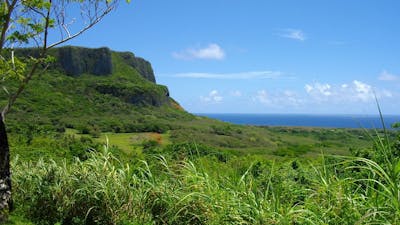
-
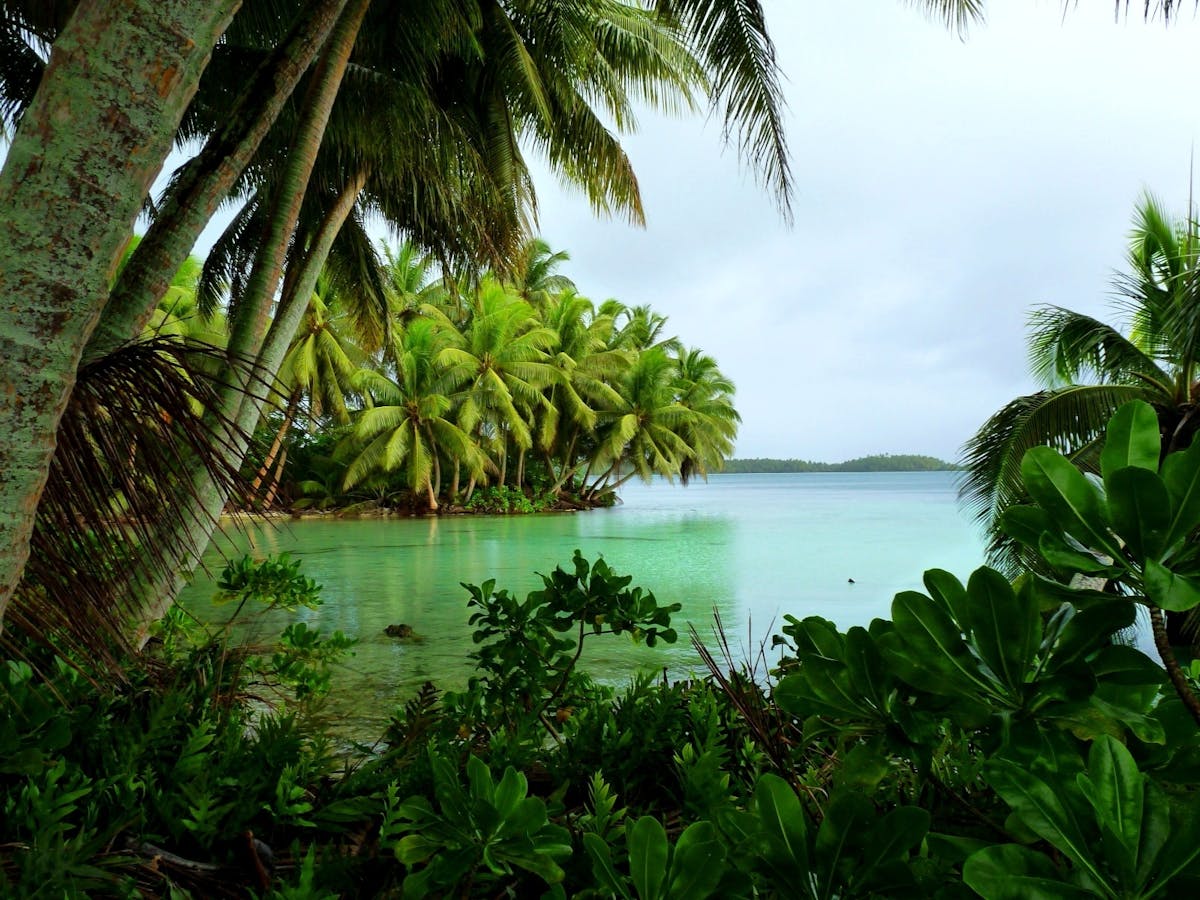
Palau & Caroline Tropical Islands (OC8)
Total Land Area (1000 ha): 114 Number of Ecoregions: 3 Protection Target: 88% Protection Level: 1The Palau & Caroline Tropical Islands bioregion is located in the Oceania realm and contains three ecoregions totaling approximately 114 thousand hectares of land area.

-

Fiji & Tongan Tropical Islands (OC6)
Total Land Area (1000 ha): 1,954 Number of Ecoregions: 4 Protection Target: 67% Protection Level: 1The Fiji & Tongan Tropical Islands bioregion is located in the Oceanic Islands subrealm and contains four ecoregions totaling approximately two million hectares of land area.
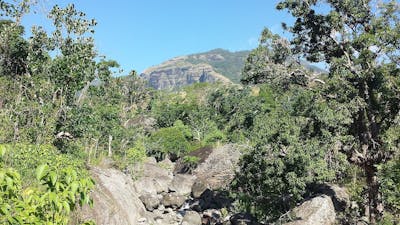
-
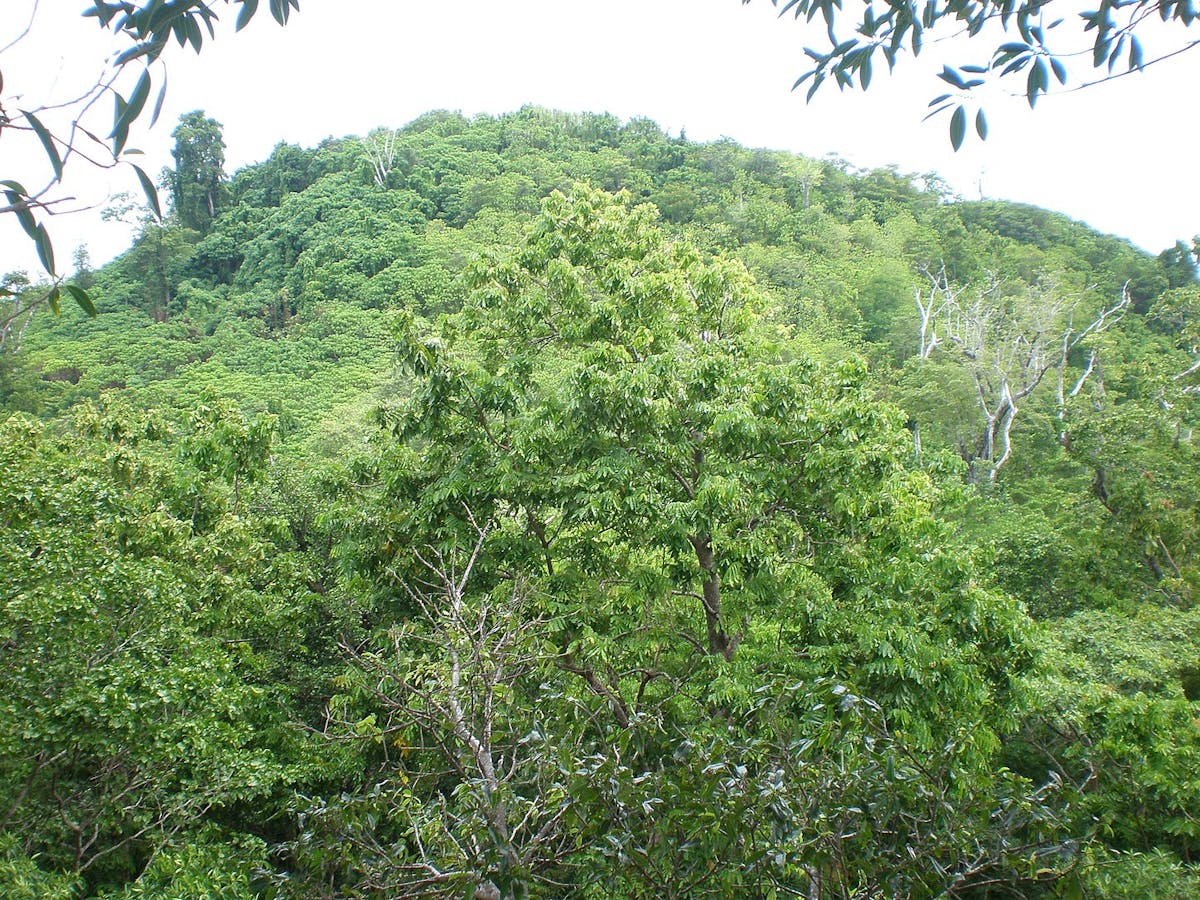
Samoa & West Polynesian Tropical Islands (OC5)
Total Land Area (1000 ha): 319 Number of Ecoregions: 2 Protection Target: 53% Protection Level: 2The Samoa & West Polynesian Tropical Islands is located in the Oceania realm and contains two ecoregions totaling approximately 319 thousand hectares of land area.
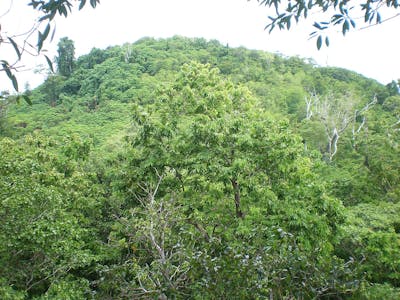
-
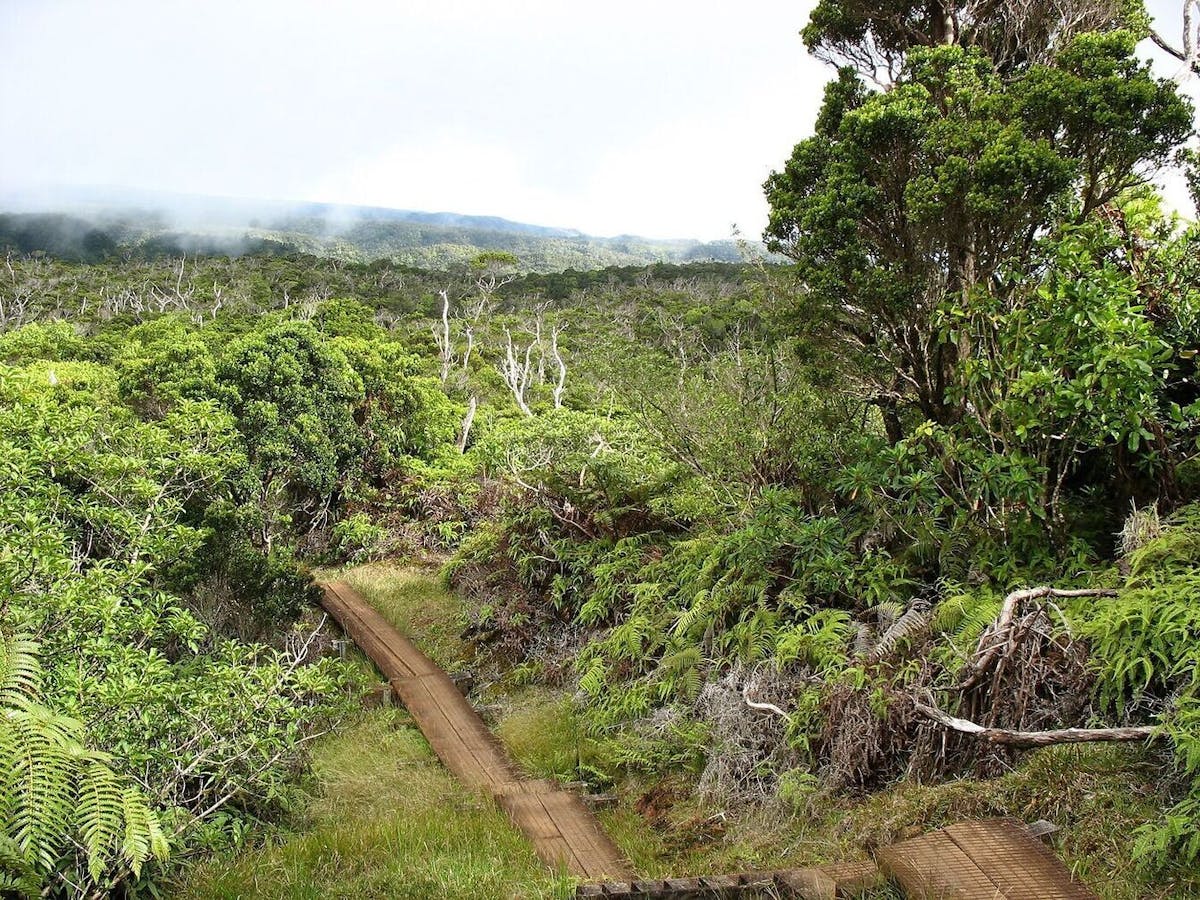
Central Polynesian Islands (OC4)
Total Land Area (1000 ha): 62 Number of Ecoregions: 1 Protection Target: 15% Protection Level: 10The Central Polynesian Islands bioregion is located in the Oceania realm and contains one ecoregion—Central Polynesian Tropical Moist Forests—totaling approximately 62 thousand hectares of land area.
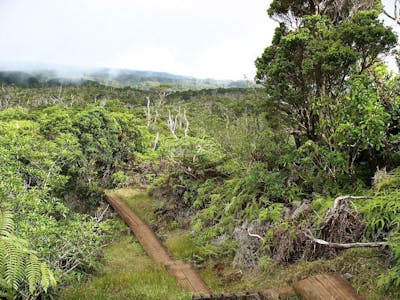
-
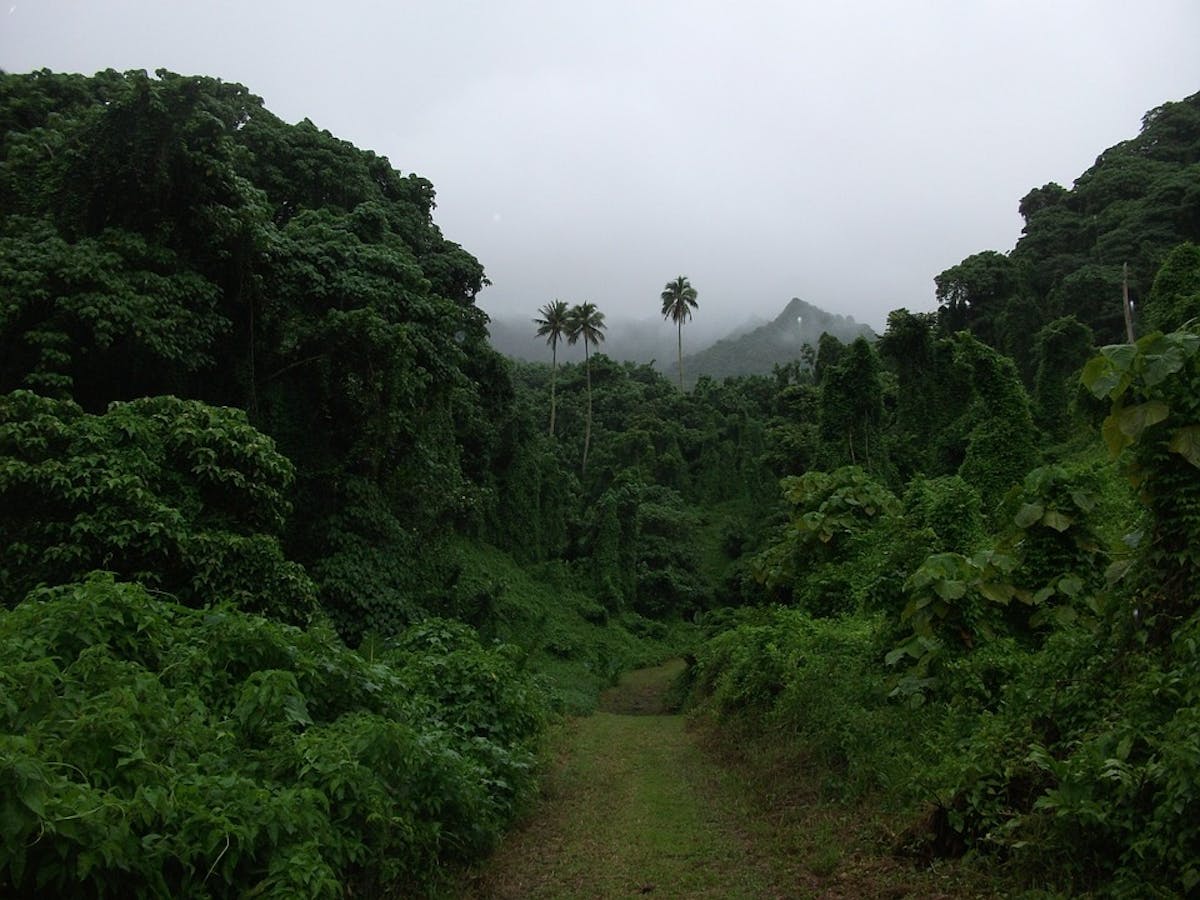
Southeast Polynesian Islands (OC3)
Total Land Area (1000 ha): 293 Number of Ecoregions: 4 Protection Target: 62% Protection Level: 1The Southeast Polynesian Islands Bioregion is located in the Oceania realm and contains 4 ecoregions totaling approximately 293 thousand hectares of land area.
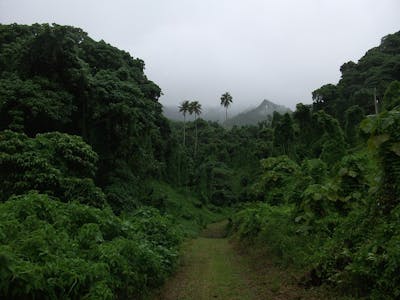
-
-CC-Steve%20Berardi-2009_resized.jpg?auto=compress%2Cformat&w=1200)
Marquesas Tropical Islands (OC2)
Total Land Area (1000 ha): 108 Number of Ecoregions: 1 Protection Target: 83% Protection Level: 0The Marquesas Tropical Islands bioregion is located in the Oceania realm and contains one ecoregion – Marquesas Tropical Moist Forests [1] – totaling approximately 108 thousand hectares of land area.
-CC-Steve%20Berardi-2009_resized.jpg?auto=compress%2Cformat&w=400)
-
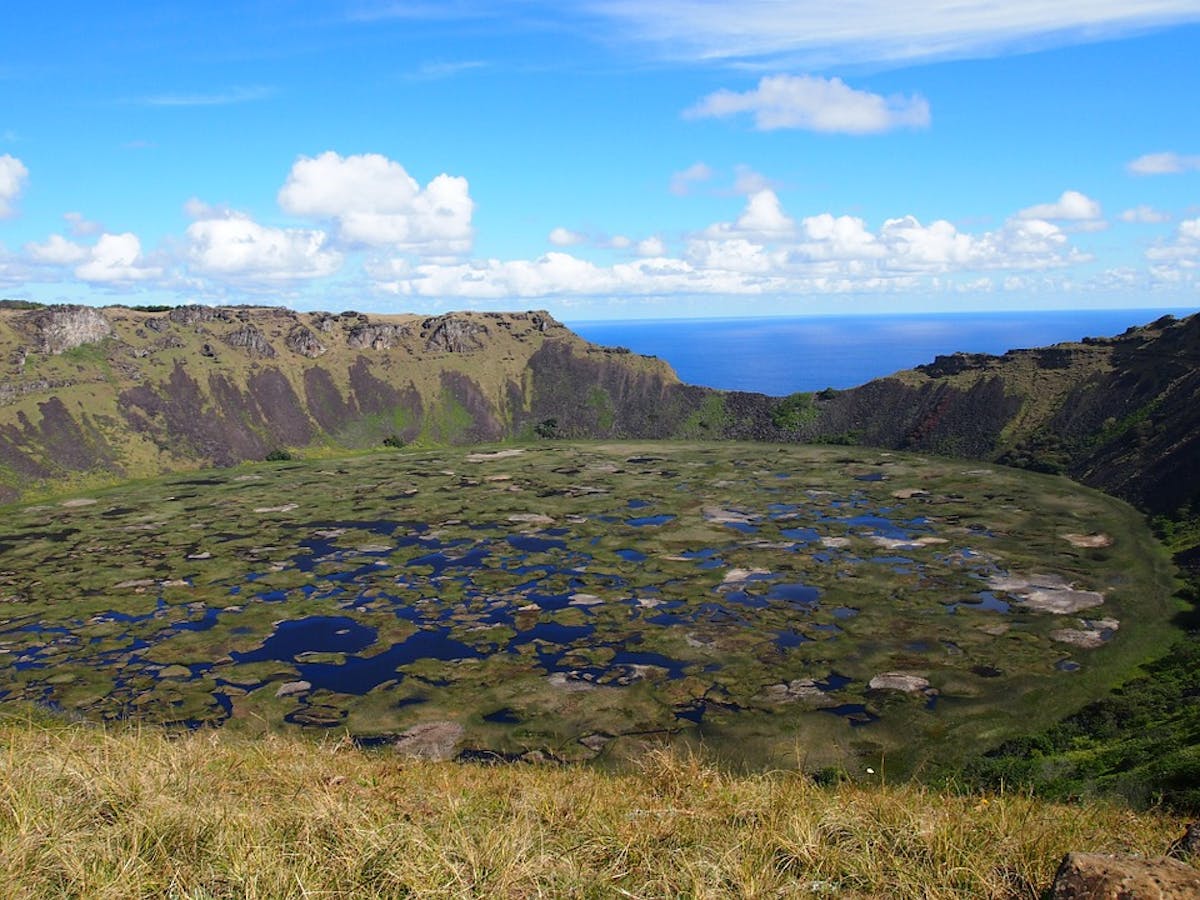
Salas y Gómez & Easter Islands (OC1)
Total Land Area (1000 ha): 18 Number of Ecoregions: 1 Protection Target: 100% Protection Level: 3The Salas y Gómez & Easter Islands bioregion is located in the Oceania realm and contains 1 ecoregion – Rapa Nui and Sala y Gómez Subtropical Broadleaf Forests—totaling approximately 18 thousand hectares of land area.
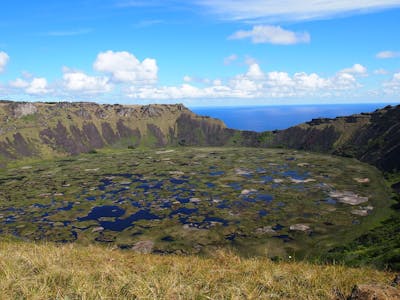
-
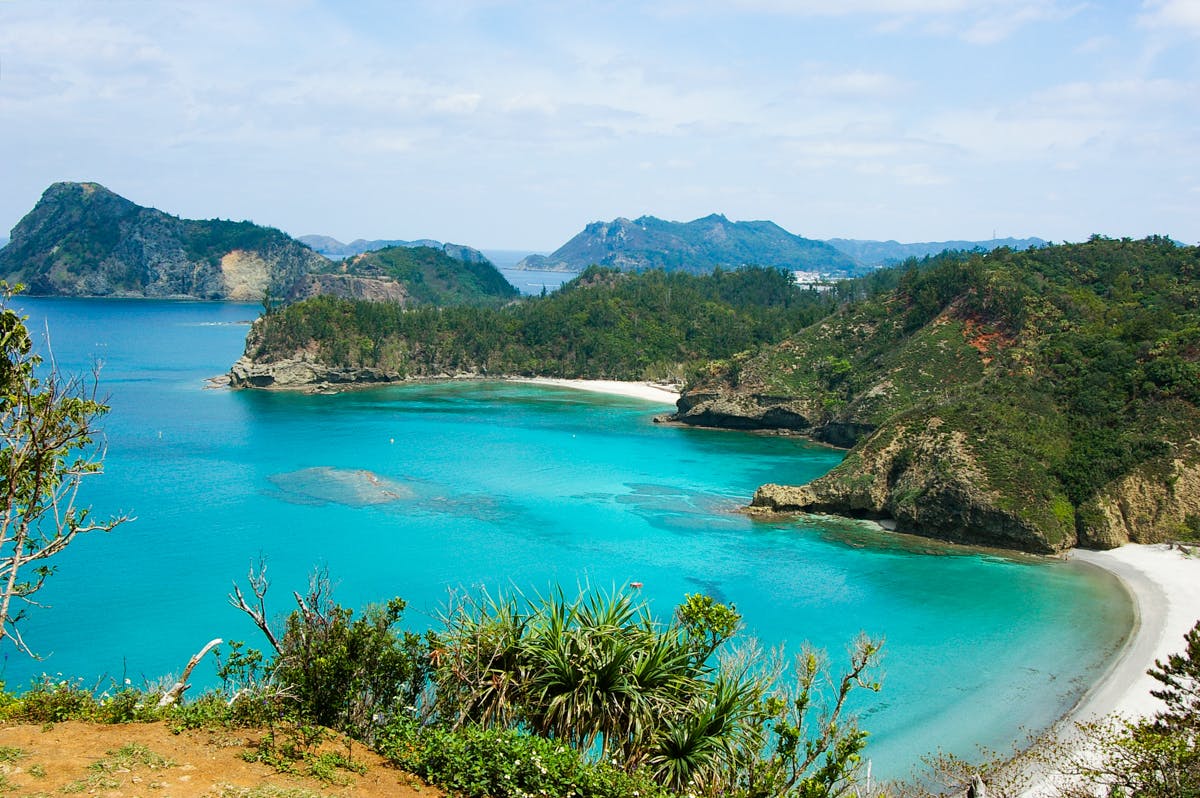
Ogasawara Subtropical Islands (OC10)
Total Land Area (1000 ha): 10 Number of Ecoregions: 1 Protection Target: 80% Protection Level: 10The Ogasawara Subtropical Islands bioregion is located in the Oceania realm and contains a single ecoregion—Ogasawara Subtropical Moist Forests—totaling approximately 10 thousand hectares of land area.
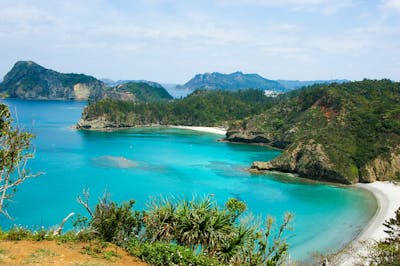
-
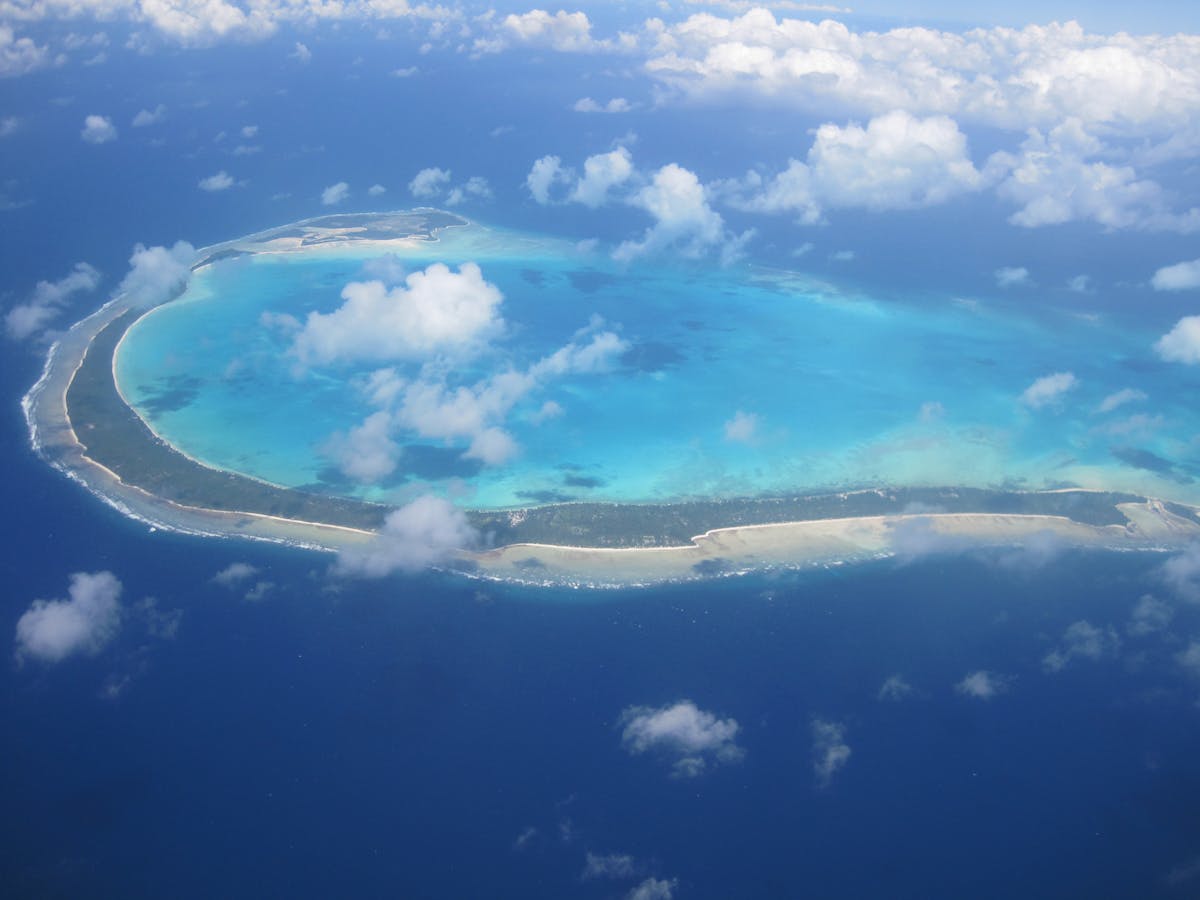
East Micronesian Islands (OC7)
Total Land Area (1000 ha): 53 Number of Ecoregions: 1 Protection Target: 9% Protection Level: 9The East Micronesian Islands bioregion is located in the Oceania realm and contains one ecoregion—Eastern Micronesia Tropical Moist Forests—totaling approximately 53 thousand hectares of land area.

-